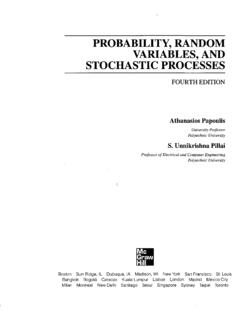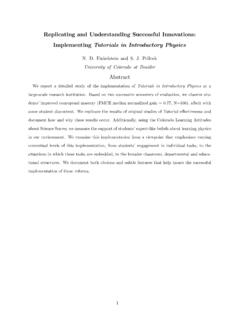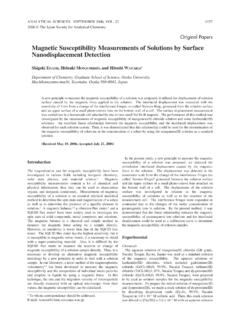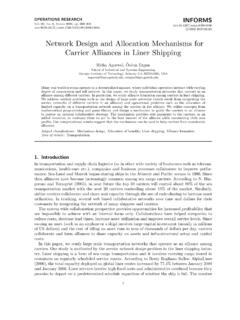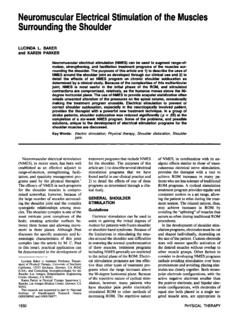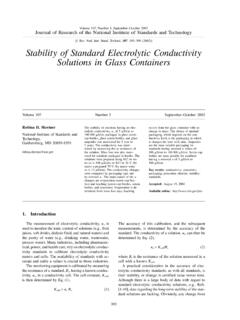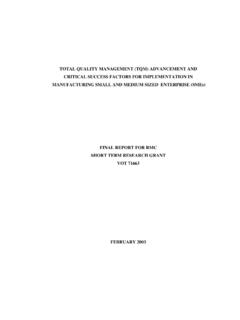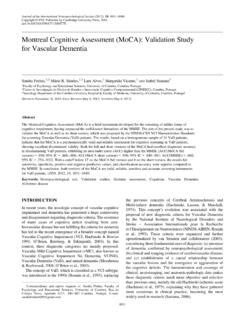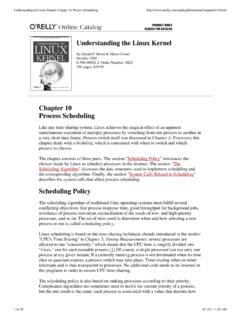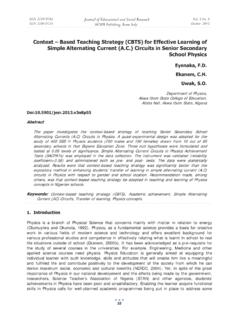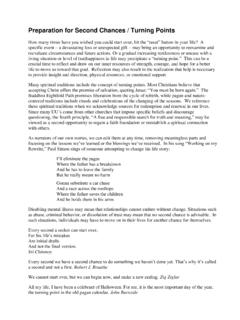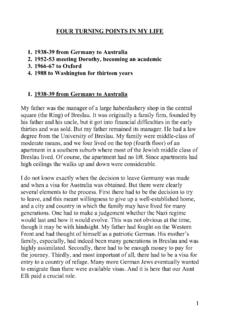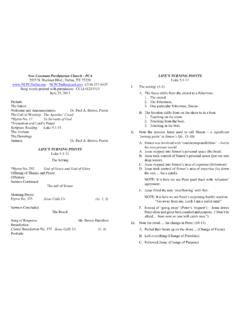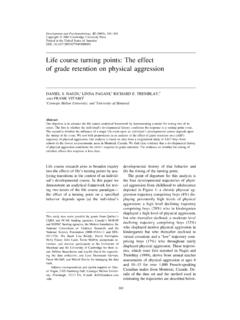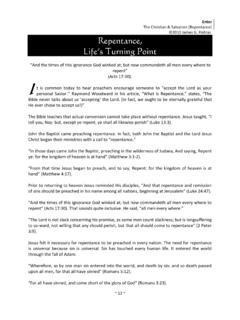Transcription of Growing, Growing, Gone: Cascades, Diffusion, and Turning ...
1 growing , growing , gone : Cascades, diffusion , and Turning points in the Product life Cycle Peter N. Golder and Gerard J. Tellis Conditionally Accepted, Marketing Science September 30, 2003 Peter N. Golder is Associate Professor of Marketing, Stern School of Business, New York University, 44 West 4th St., KMC 9-80, New York, NY 10012, 212-998-0542, fax: 212-995-4006, Gerard J. Tellis is Neely Chair of American Enterprise and Professor of Marketing, Marshall School of Business, University of Southern California, The authors appreciate the valuable comments of Steve Shugan, Brian Ratchford, Rajesh Chandy, Yuxin Chen, Deb Mitra, Bob Shoemaker, the Area Editor, and two anonymous reviewers.
2 growing , growing , gone : Cascades, diffusion , and Turning points in the Product life Cycle Abstract The product life cycle (PLC) is the result of multiple supply and demand forces. However, past research has focused primarily on the role of diffusion in driving the PLC. This study takes a step toward a broader theoretical perspective on the PLC by incorporating informational cascades and developing and testing many new hypotheses based on this theory. The authors use a hazard model of the duration of the growth stage as well as many descriptive results to evaluate their hypotheses. On average, across 30 product categories, they find that: New consumer durables have a typical pattern of rapid growth of 45% per year over 8 years.
3 This period of growth is followed by a slowdown when sales decline by 15% and stay below the previous peak for 5 years. Slowdown occurs at 34% population penetration but about 50% of eventual market penetration. Products with large sales increases at takeoff tend to have larger sales declines at slowdown. Leisure-enhancing products tend to have higher growth rates and a shorter growth stage than non-leisure-enhancing products. Time-saving products tend to have lower growth rates and a longer growth stage than non-time-saving products. Lower probability of slowdown is associated with steeper price reductions, lower penetration, and higher economic growth.
4 A hazard model can provide reasonable predictions of the slowdown as early as the takeoff. The authors discuss the implications of these findings. (Keywords: Product life Cycles; New Product Research; Innovation; Category Management; Product Management; diffusion ; High-Tech Marketing) 1 Introduction The product life cycle (PLC) is a vitally important phenomenon in marketing for at least three reasons. First, pressure on managers varies dramatically before and after the Turning points in the life cycle. During the introduction (prior to takeoff) pessimism abounds and managers are under increasing pressure to pull the plug on new products.
5 During the growth stage (prior to slowdown) optimism abounds and managers are eager to meet the apparently insatiable demand with fresh capacity and expanded marketing. Predicting the Turning points of takeoff and slowdown are essential to avoid premature withdrawal or excessive investments. Second, the level and growth of sales vary dramatically across stages of the life cycle. Managers need to know these changes in order to appropriately plan the corresponding levels of production, inventory, sales staff, distribution, marketing, and advertising. Third, costs and prices decline substantially over the life cycle, especially during the early stages.
6 In contrast, consumers sensitivity to price increases over the stages of the life cycle. Managers must understand the sales patterns and change their strategy accordingly. Because of its critical impact on marketing strategy, the PLC has become a central, enduring framework in marketing. Its intuitive appeal has spread to other disciplines where the concept is used routinely. In marketing, two streams of literature address the product life cycle. One stream of rigorous research initiated by Bass (1969) has attempted to model the pattern of sales during the growth stage relying on a social theory of adoption and imitation ( , Bass et al.)
7 1994; Gatignon et al. 1989; Horsky and Simon 1983; Mahajan et al. 1990; Mahajan et al. 2000; Putsis et al. 1997; Talukdar et al. 2002; Van den Bulte 2000). A second stream of exploratory research has sought to ascertain the generalizability of the PLC across different industries ( , Polli and Cook 1969; Tellis and Crawford 1981). While this research stream has identified some patterns of the product life cycle ( , Tellis and Fornell 1988), it has neither explored all the theories for these patterns nor described 2the characteristics of the marketing mix over the PLC (Day 1981; Rink and Swan 1979).
8 A review of these streams of research suggests the following areas that can benefit from further research. First, the PLC lacks clear metrics for the Turning points that define the various stages. In the absence of such metrics, the concept lacks predictive validity and empirical meaning. In particular, managers need such metrics to determine whether they should persevere or quit, build or hold. Second, the PLC lacks a comprehensive description of economic and market variables during its various stages. Such a description would help to further identify the stage in which a product may fall and the strategy managers should adopt.
9 Third, PLC research has not considered the potential impact of informational cascades on new product sales. Our study seeks to address these limitations. It contributes to the literature in four ways: We define specific metrics for the two key Turning points in the PLC, takeoff and slowdown. We broaden the theory of the PLC by incorporating informational cascades. We develop a hazard model for the duration of the growth stage. The model can be used to predict slowdown, as early as the takeoff. We test hypotheses and present new statistics about the PLC. These results suggest emerging regularities about the PLC.
10 The rest of the paper is organized as follows: Section 2 presents our definitions and development of hypotheses. Sections 3 and 4 propose a model of the growth stage followed by a discussion of our data and operational measures. Section 5 presents our results and Section 6 concludes with a discussion of the key findings, their implications, and directions for future research. Broadening the Theory of the Product life Cycle We begin this section by defining the key events and stages of the PLC. Then, we describe the theory of informational cascades (Bikhchandani et al. 1992, 1998) and derive nine hypotheses based on this theory.
